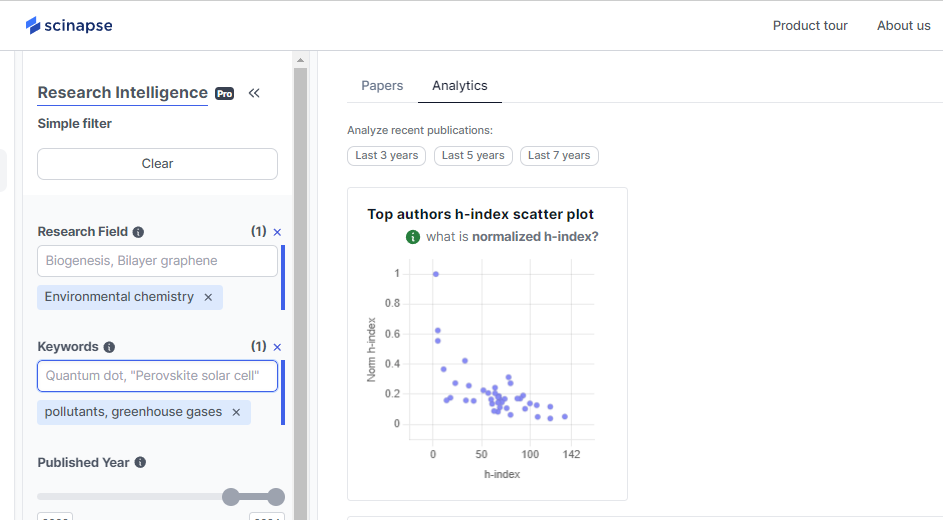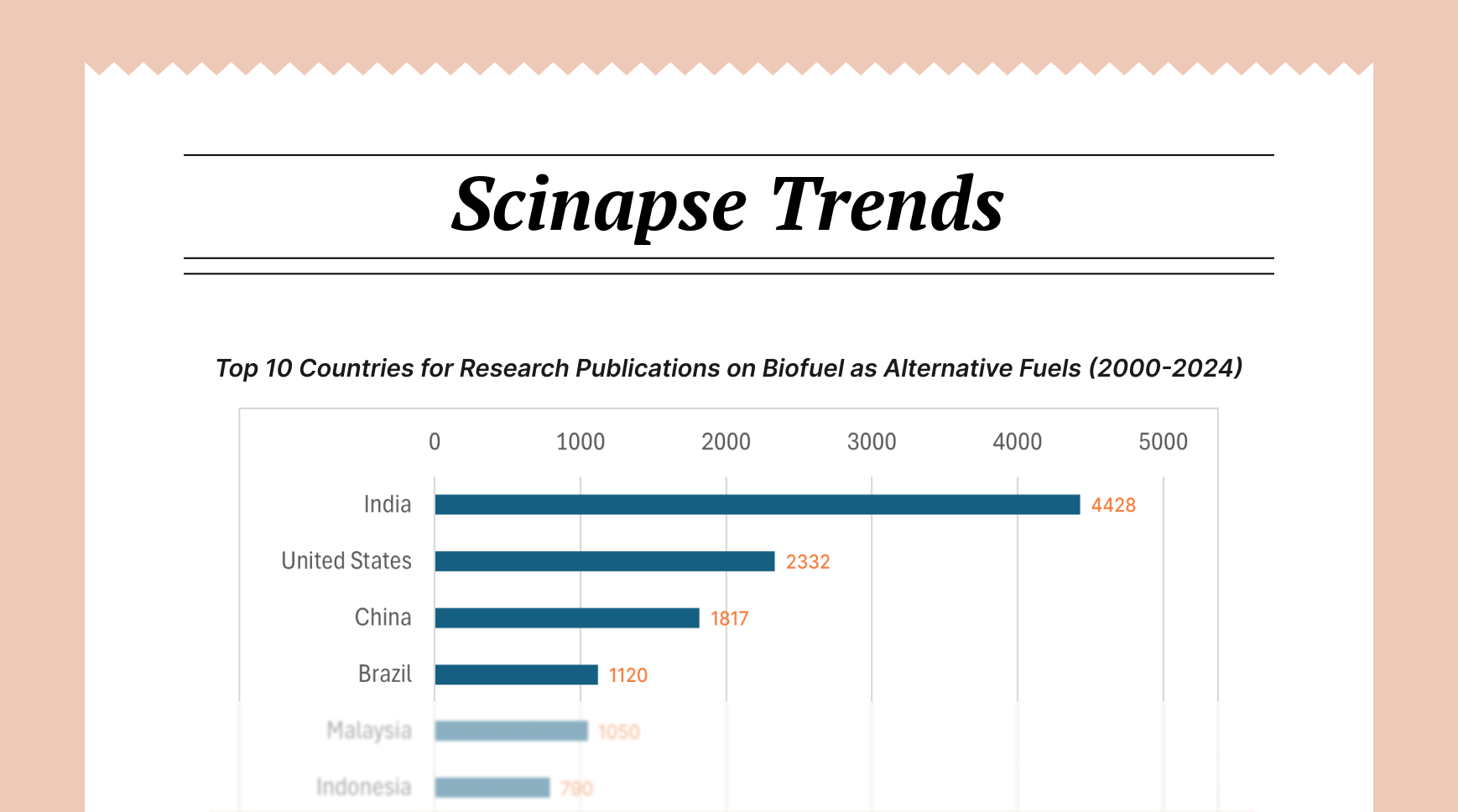Understanding the Importance of Top Authors as Research Metrics to Enhance Your Literature Review

With increasing research every day, the process of literature review becomes difficult. However, this process can be simplified if you can identify and analyze the top authors from your research field, which will help in navigating the literature review process in a smarter, quicker, and efficient manner.
As the focus shifts from publication-centric to author-centric research metrics, understanding the significance of top authors provides valuable insights not only for literature review but also into research impact, collaboration potential, and strategic decision-making.
In this article we explore the multi-layered importance of recognizing top authors as a research metric, and how it can help in improving your research process.
How to Identify Top Authors in Your Research Field?
The concept of author-level metrics has its roots in the early attempts to quantify research impact beyond simple publication counts. The introduction of the h-index by Jorge Hirsch in 2005 marked a significant milestone, providing a single number to represent both the productivity and impact of an individual researcher. This metric, along with its variants, has since become a widely used tool in academic evaluation. However, the limitations of such indices, including field-specific biases and the inability to capture the nuances of research quality, have led to ongoing debates about their efficacy.
Top Authors Example: We used Scinapse.io’s Research Intelligence feature to identify and analyze top authors' h-index in the field of environmental chemistry, focusing on topics related to pollutants and greenhouse gases from the year 2021 to 2024.
(Note: The values for 2023 and 2024 contain only partially verifiable data.)


This graph allows for a comparison of the authors' impact and productivity over time in the specified field. Ronald G. Prinn consistently shows the highest h-index throughout the period, while other authors show varying rates of increase in their h-indices. The graph provides a visual representation of how each author's influence in the field has grown over the years.
Benefits of Identifying Top Authors in Your Research Field
Identifying top authors serves multiple purposes in the research ecosystem. Primarily, it acts as an indicator of research impact and influence, highlighting individuals whose work significantly shapes their field. This information is invaluable for early-career researchers seeking mentorship or collaboration opportunities, as well as for funding bodies aiming to allocate resources effectively. Moreover, recognizing top authors can guide institutional strategies for hiring, promotion, and research focus areas. Here are some more benefits of identifying top authors of your research field:
- Identifying prominent authors: The h-index assesses the productivity and impact of an author's work. Authors with higher h-indices have written more articles that have been widely referenced, implying that they are likely important in their field.
- Tracking author impact over time: The normalized h-index enables comparisons across authors at different career stages or subfields. This can assist identify rising stars or highly influential academics who do not have the highest raw h-index.
- Focusing literature review: Researchers can quickly identify a set of top authors to prioritize in their literature review, ensuring they cover the most influential work in the field.
- Finding potential collaborators or mentors: For researchers looking to collaborate or for students seeking potential advisors, this visualization highlights productive and impactful scientists in the field.
- Focusing on recent developments: For those interested in current research, such graphical visualization shows which authors have had the highest impact in recent years, helping to prioritize time-sensitive research.
- Interdisciplinary insights: Some authors might show sudden increases in h-index, which could indicate breakthrough work or interdisciplinary contributions that are particularly relevant to review. Researchers might identify authors bridging multiple areas of study.
By using this visualization, researchers can more efficiently navigate the vast volumes of literature, focusing their efforts on works by demonstrated top authors in the field while also considering up-and-coming researchers with high normalized h-indices. This approach can save time and ensure a comprehensive, high-quality literature review.
Ready to bolster your literature review process? Take the first step towards more efficient research by using Scinapse.io's Research Intelligence feature. Uncover the top-ranking authors in your field and gain a competitive edge in your academic journey. Start exploring now and transform the way you approach literature reviews!
The future of research evaluation is a sophisticated strategy that integrates quantitative measures with qualitative assessments, recognizes the various types of research impact, and adapts to the changing landscape of academic output. As we get a better knowledge of what constitutes meaningful research and influential authorship, we must remain dedicated to creating an inclusive, innovative, and ethically responsible research environment.
written by Uttkarsha B
Never re-search again.
Scinapse is made by researchers for researchers.
Join the next generation of research at ⏯️ https://scinapse.io/
Pluto Labs
Pluto Labs helps researchers focus on their research by improving several inefficiencies in the academic research process. We offer data-driven insights from academic papers, allowing users to easily obtain review-level results for their desired range of papers.
https://pluto.im/





Comments ()